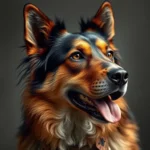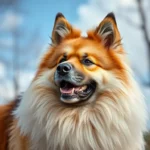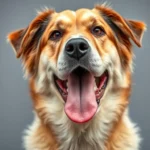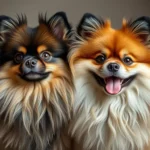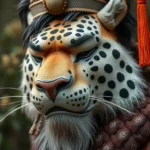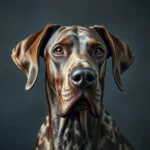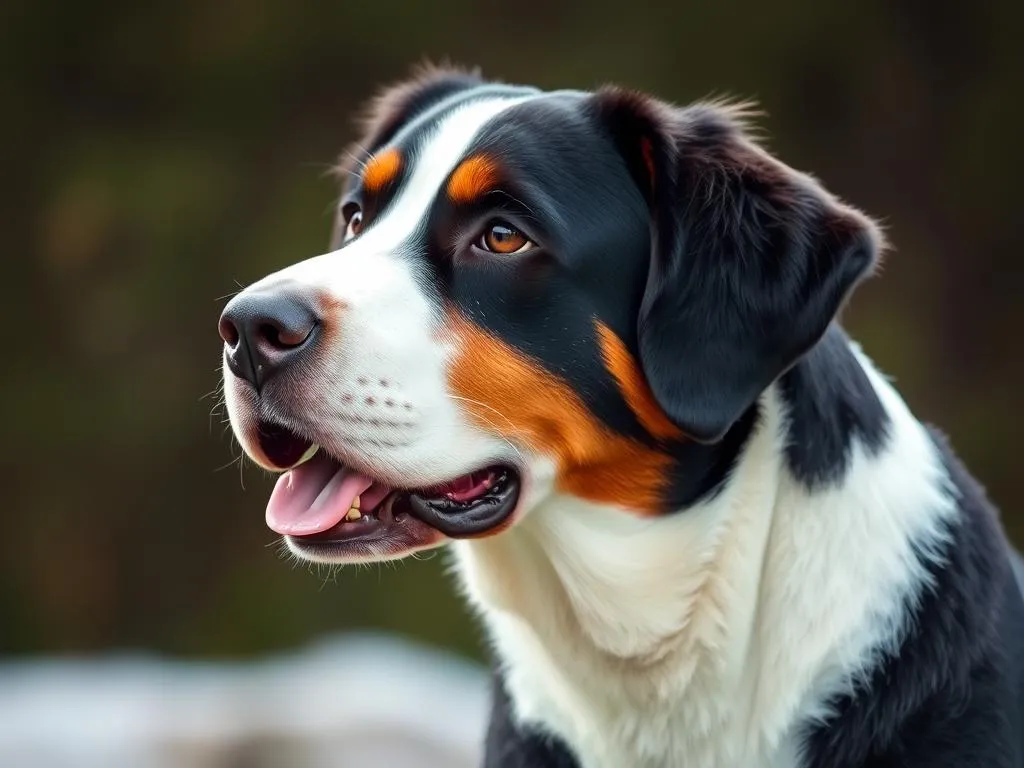
Introduction
When it comes to choosing a dog, understanding the various dog breeds is essential for potential owners. Each breed has its unique traits, characteristics, and history that can significantly affect how well it fits into your lifestyle. One breed that stands out for its versatility and charm is the Entlebucher Mountain Dog. Originating from Switzerland, this breed has a rich history as a herding dog and is known for its intelligence, loyalty, and affectionate nature.
In this article, we will explore the Entlebucher Mountain Dog in detail, from its historical roots to its physical characteristics, temperament, health care, and much more. Understanding this breed is crucial for anyone considering welcoming an Entlebucher into their home.
History of the Entlebucher Mountain Dog
Origin
The Entlebucher Mountain Dog is one of the four Swiss herding breeds and hails from the Entlebuch Valley in Switzerland. This breed was primarily developed for herding cattle and assisting farmers in managing livestock in the rugged Swiss terrain. Their strong work ethic and agility made them ideal companions for shepherds and farmers.
Development
Over the years, the Entlebucher has evolved through selective breeding to maintain its herding capabilities while also enhancing its companionship qualities. In the early 20th century, the breed faced the threat of extinction due to industrialization and changes in farming practices. However, dedicated breeders worked tirelessly to revive the breed and establish a breed standard, leading to its recognition by various kennel clubs. The Entlebucher Mountain Dog now enjoys popularity, especially among families seeking a loyal and active pet.
Physical Characteristics
Size and Appearance
The Entlebucher Mountain Dog is a medium-sized breed, typically standing between 16 to 21 inches tall at the shoulder and weighing between 40 to 65 pounds. Their sturdy build, combined with a well-proportioned body, makes them both agile and robust.
The coat is short, dense, and water-resistant, predominantly featuring a tri-color pattern of black, white, and rust. This striking combination adds to their visual appeal, making them easily recognizable among Swiss dog breeds.
Distinctive Features
One of the most distinctive features of the Entlebucher is its tail. The breed traditionally has a docked tail, although some may have full-length tails. Their facial expressions are often described as alert and intelligent, with expressive eyes that convey their emotions well. The breed’s ears are medium in size, triangular, and hang close to the head, further enhancing their charming appearance.
Temperament and Behavior
General Temperament
The Entlebucher Mountain Dog is known for its lively and affectionate personality. They are highly sociable, making them excellent companions for families and individuals alike. Their natural herding instincts can sometimes translate into protective behavior, making them great watchdogs as well.
These dogs thrive on human interaction and are often eager to please, which makes them well-suited for various family dynamics. Their playful nature and intelligence mean they require regular mental and physical stimulation to avoid boredom.
Trainability
One of the standout traits of the Entlebucher is its intelligence and eagerness to learn. This breed responds well to positive reinforcement techniques, making training an enjoyable experience for both the dog and the owner. Recommended training methods include:
- Consistency: Establishing a routine helps the dog understand commands better.
- Positive Reinforcement: Use treats and praise to reward good behavior.
- Variety: Incorporate different training activities to keep the dog engaged.
With proper training, the Entlebucher Mountain Dog can excel in obedience and agility competitions, showcasing its natural abilities.
Health and Care
Common Health Issues
Like many breeds, the Entlebucher Mountain Dog is prone to certain genetic health issues, although they are generally robust dogs. Common health concerns include:
- Hip dysplasia: A condition that can affect mobility.
- Eye disorders: Such as cataracts or progressive retinal atrophy.
- Allergies: Skin sensitivities that may require dietary adjustments.
The average lifespan of an Entlebucher is around 12 to 14 years, and regular veterinary check-ups can help maintain their health.
Routine Care Requirements
Grooming an Entlebucher Mountain Dog is relatively straightforward, as they have a short coat that sheds moderately. Regular brushing helps manage shedding and keeps their coat healthy.
These dogs require daily exercise, including walks, playtime, and mental stimulation through games and training. A combination of physical activity and mental challenges is essential to keep them happy and healthy.
Living with an Entlebucher Mountain Dog
Ideal Living Environment
The Entlebucher Mountain Dog is adaptable, making it suitable for various living situations. However, they thrive best in homes with ample space for exercise, such as those with a yard. Whether in an urban apartment or a rural setting, what matters most is their access to regular exercise and interaction with their family.
Family Integration
Entlebuchers are known for their friendly demeanor, making them great companions for families with children. They are generally patient and protective, playing well with kids and other pets. Engaging in activities such as fetch, hiking, or agility training can strengthen the bond between the dog and its family members.
Training and Socialization
Early Socialization
Socialization is crucial for the Entlebucher Mountain Dog, especially during the puppy stage. Introducing them to various environments, people, and other animals helps them develop into well-adjusted adults.
Best practices for socializing include:
- Puppy classes: Enroll in training classes that offer exposure to other dogs and people.
- Varied environments: Take your puppy to parks, busy streets, and pet-friendly stores.
- Positive experiences: Ensure all interactions are positive to foster confidence.
Obedience Training
Obedience training should focus on key commands such as sit, stay, come, and heel. The Entlebucher responds well to structured training sessions that incorporate play, ensuring they remain engaged.
Consistency is vital; using the same commands and signals will help the dog learn more effectively. Positive reinforcement, such as treats or praise, should be given for successful commands, reinforcing desired behaviors.
Popularity and Recognition
Breed Recognition
The Entlebucher Mountain Dog is recognized by major kennel clubs, including the American Kennel Club (AKC) and the United Kennel Club (UKC). While it may not be as widely recognized as some other dog breeds, it has gained a loyal following among those who appreciate its unique qualities.
Community and Resources
For Entlebucher owners, numerous online forums and local clubs exist where they can share experiences, seek advice, and connect with other enthusiasts. Additionally, responsible breeders and rescue organizations can provide valuable resources for those looking to adopt or learn more about the breed.
Conclusion
In summary, the Entlebucher Mountain Dog is a remarkable breed with a rich history and a wealth of characteristics that make it an ideal companion for many families. With its strong work ethic, affectionate nature, and adaptability, this breed can thrive in various living situations, provided it receives the necessary care, training, and socialization.
If you are considering adding an Entlebucher to your family, it is essential to do thorough research and understand their needs. This breed can bring immense joy and companionship to your life, making it a worthwhile consideration for potential dog owners.
By understanding the unique traits and requirements of the Entlebucher Mountain Dog, you can make an informed decision that leads to a happy and fulfilling relationship with your new furry friend.
